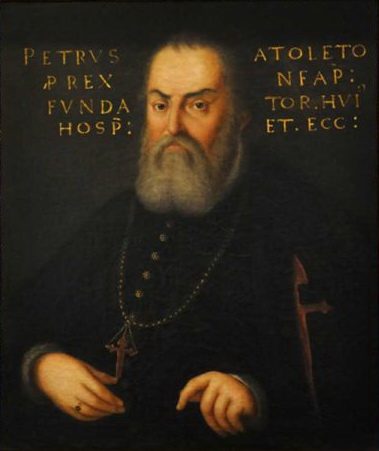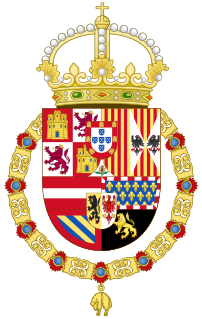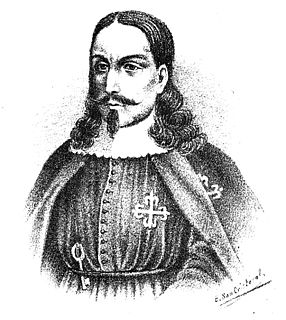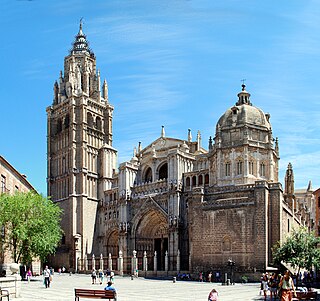
The Column of the Vicariate or Colonna della Vicaria was a simple white marble column on a pedestal that formerly stood outside the Castel Capuano along Via dei Tribunali in Naples, Italy. It was used by the government first as a place for punishment of debtors.

Castel Capuano is a castle in Naples, southern Italy. It takes its name from the fact that it was at that point in the city walls where the road led out to the city of Capua. The castle is at the southwest end of via dei Tribunali, and until recently housed the Naples Hall of Justice, which has now moved to the new Civic Center, the Centro Direzionale.

Via dei Tribunali is a street in the old historic center of Naples, Italy.

Naples is the regional capital of Campania and the third-largest municipality in Italy after Rome and Milan. In 2017, around 967,069 people lived within the city's administrative limits while its province-level municipality has a population of 3,115,320 residents. Its continuously built-up metropolitan area is the second or third largest metropolitan area in Italy and one of the most densely populated cities in Europe.
Prior to the reign of the viceroy Don Pedro de Toledo, tradition holds that those unable to pay debts were either chained or approached the column on their knees, then exposed their backside to the public, stating his penance, and stating cedo bonis (I cede my goods). It has been described as the sacrificial altar of the debtor.

Pedro Álvarez de Toledo y Zúñiga, jure uxorisMarquis of Villafranca del Bierzo was a Spanish politician. The first effective Spanish viceroy of Naples, in 1532–1552, he was responsible for considerable social, economic and urban change in the city and southern Italian kingdom, in general.
Don Pedro of Toledo modified the tradition. In 1546, he ordered that the debtor instead had to approach the pillar and state his name, that of the lender in a clear and loud voice, and he had to stay for an hour bareheaded, embracing the column. A plaque in 1553 commemorated abolition of the former tradition. Later decrees required those who were debtors to wear certain hats with ribbons; failure to comply meant service in the galleys. [1]
In later centuries, the column was used as a site to exhibit unclaimed cadavers, and crowds came to rubberneck the bodies for spectacle. The column was taken down in 1856 and moved to the Museum of San Martino. [2]

The Certosa di San Martino is a former monastery complex, now a museum, in Naples, southern Italy. Along with Castel Sant'Elmo that stands beside it, this is the most visible landmark of the city, perched atop the Vomero hill that commands the gulf. A Carthusian monastery, it was finished and inaugurated under the rule of Queen Joan I in 1368. It was dedicated to St. Martin of Tours. During the first half of the 16th century it was expanded. Later, in 1623, it was further expanded and became, under the direction of architect Cosimo Fanzago, essentially the structure one sees today.















